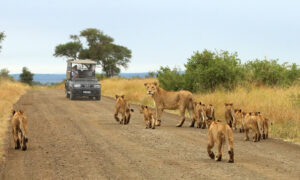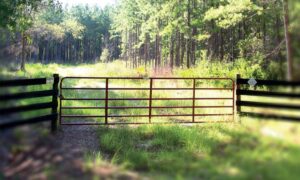Have you ever experienced the wonder of nature through artwork? Fine art landscape photography is a powerful way to visually tell a story of the world around us.
Let’s explore the unique beauty of capturing light and land through photography and delve into its creative possibilities. You are invited on this journey of capturing breathtaking moments for all eternity!
Capturing the Beauty of Nature
When it comes to landscape photography, understanding your equipment and technique is one of the most important aspects of creating stunning images.
Capturing the beauty of nature requires a thorough knowledge of lenses and filters, exposure settings, composition, and other elements that affect a photograph’s outcome.
Learning to use said elements in harmony results in breathtaking photos that showcase the paintbrush of Mother Nature in all its grandeur.
Scout for potential locations ahead of time and familiarize yourself with lighting conditions seasonally. Return to scenes during different times or days as they will offer different nuances or conditions while offering special opportunities for captivating scenes like blue ridge mountains photos.
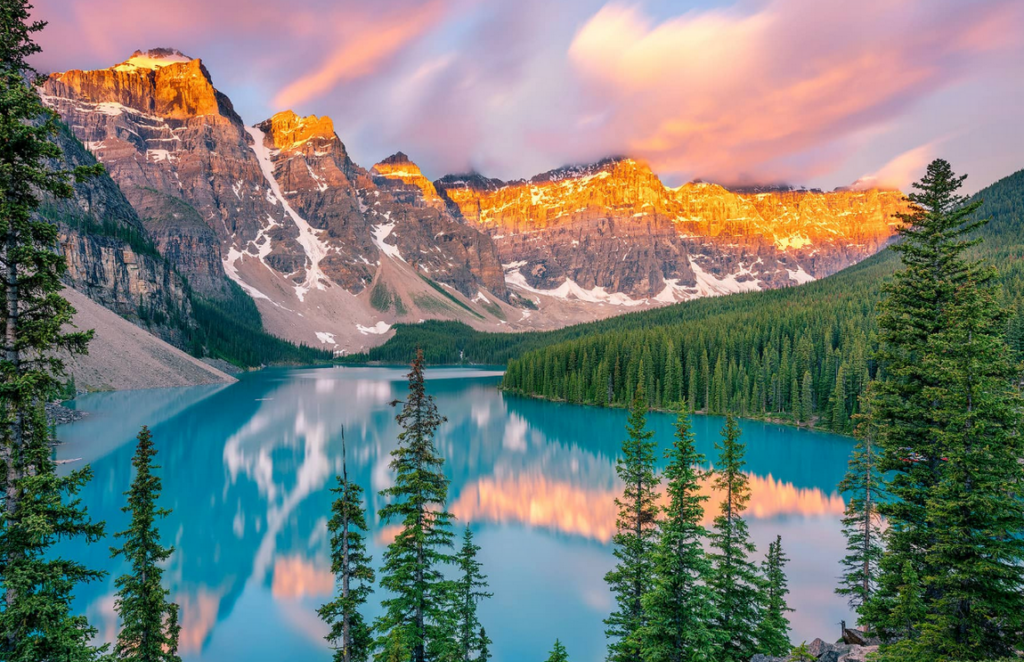
Source: mickeyshannon.com
Observe what the sun is doing, which can range from its position in relation to your subject to how much light it is providing – less light may create soft backlit images ideal for silhouetting trees and other nature scenes.
Later in the day, as daylight fades, you may wish to use more ambient fill-flash for portrait-style images or starburst effects around sources of light such as street lamps or car headlights.
Exploring the Interplay of Light and Land
Exploring the interplay of light and land is integral to the world of fine art landscape photography. The key to capturing an incredible landscape photograph is learning how to work with the often unpredictable elements of light and land. Weather, light intensity, time of day, season, and other natural elements can all affect the mood and atmosphere of a scene.
Experienced photographers will often study their chosen location in advance in order to plan for optimum lighting conditions or use familiar locations in order to maximize their ability to capture the perfect shot.
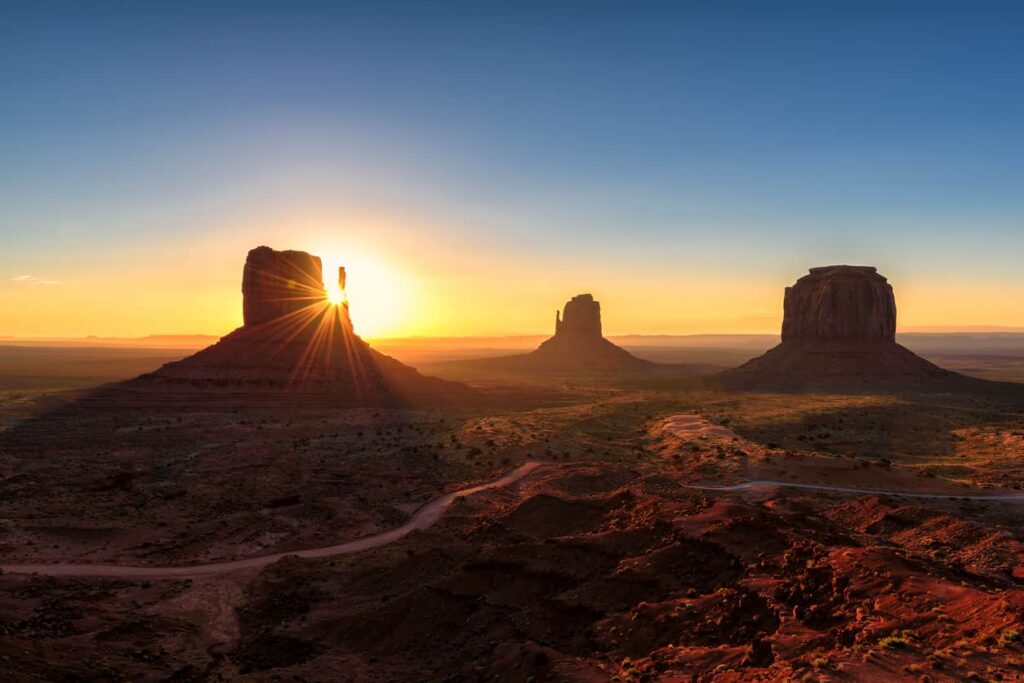
Source: photographytalk.com
Selecting the Right Equipment
The right lens, camera body, accessories, and filters can enhance your overall experience with landscape photography, allowing you to capture moments with greater depth and clarity.
When it comes to camera lenses, it’s important to choose a wide-angle lens that will give you the most expansive view of any given scene. Generally speaking, this means selecting a lens with a focal length of less than 35mm. Wide-angle lenses are particularly well-suited for capturing expansive scenes with lots of detail including mountainscapes or sunsets.
If you are photographing scenes that contain trees or other objects in the foreground, then a mid-range telephoto lens is recommended as these lenses will help create a deeper look into the frame.
In addition to selecting the right lens for your shooting needs, it’s important to also take into consideration other pieces of equipment including tripods and remote triggers which are perfect for capturing images in low light conditions or if you need stability when shooting long exposures.
It’s also worth investing in creative filters like neutral density or polarization filters that add a further dimension to each photo.
Composing the Perfect Shot
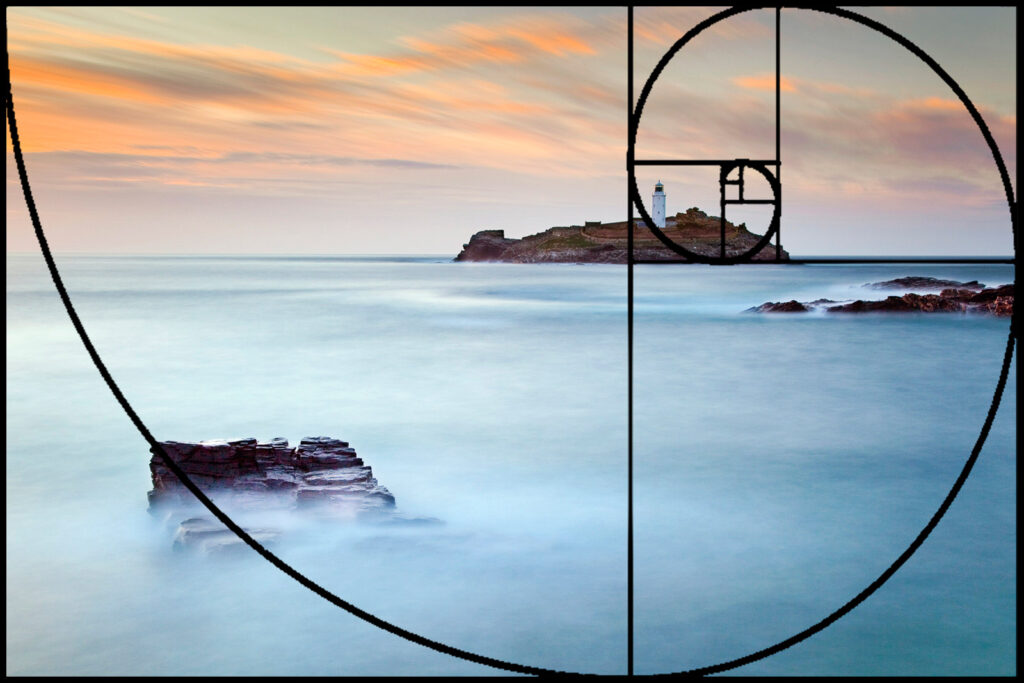
Source: naturettl.com
Composing the perfect landscape shot can be vital to creating an image that conveys your artistic intentions.
This process requires consideration of a number of connecting elements, such as color, light, shape, and perspective. Each of these elements should be thoughtfully arranged within the frame in order to achieve the desired effect and capture the beauty of the scene.
Colors can be used to create dynamic images and express emotion. Contrasting colors draw attention and deepen composition by adding visual interest. Light also plays a key role, as it determines the form of all visible objects and can create context, mood, and atmosphere for a viewer.
Shapes are useful for leading viewers through a composition by creating points of interest or creating paths in an image. Finally, perspective is essential for achieving unique views or expressions otherwise unobtainable from eye-level views.
By understanding each element’s role in landscape photography and how they interact within a frame it is possible to compose beautiful images that truly evoke the grandeur of nature while conveying a lasting impression on your audience.
Post-Processing for Maximum Impact
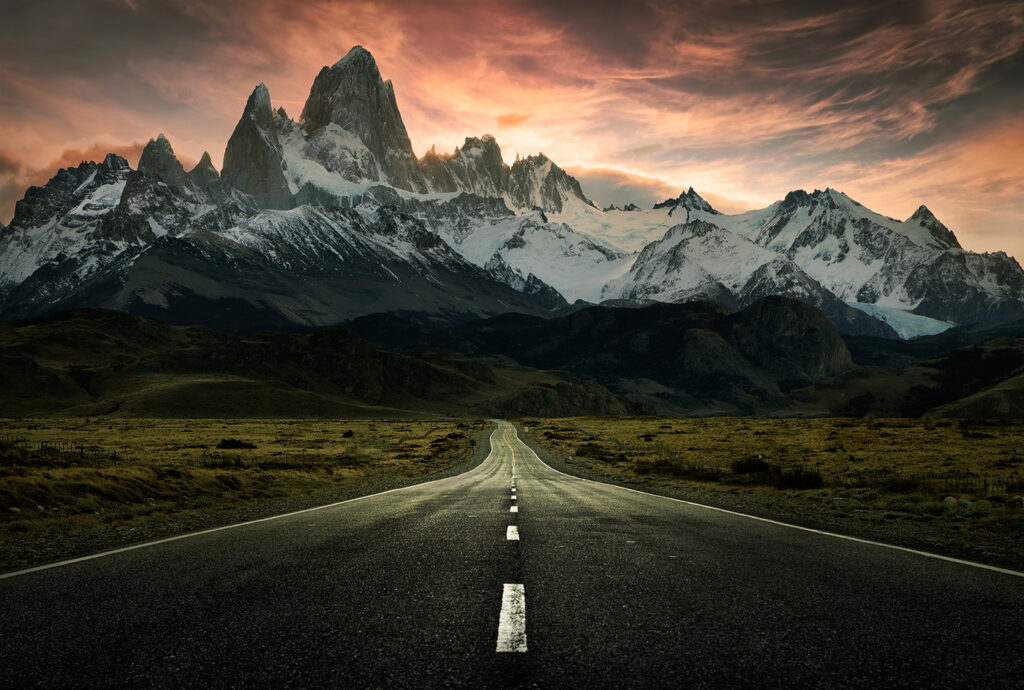
Source: iso.500px.com
Post-processing focuses on adjusting the color, sharpening details, and modifying contrast in order to draw the viewer’s eye. Post-processing for landscape photography can range from subtle adjustments to more dramatic changes that allow for the development of a personal style.
The first step in the post-processing process is to adjust the levels or curves within an image to achieve the desired level of brightness or contrast.
The image can also be balanced in terms of color saturation and hue. Subsequent steps may include selectively adjusting certain areas of the image, such as reducing glare on water surfaces, darkening skies and highlights, or sharpening details in specific areas such as trees and rocks.
Making multiple versions of a photograph can also help reveal additional detail which may not have been captured originally – something that is particularly useful when dealing with complex exposures where colors are blended together such as sunsets and other strong lighting conditions.
When working with multiple versions, an editor should consider adding contrast between different colors and shades within the composition by highlighting certain elements while retouching others – creating a visual balance that best defines your personal style.
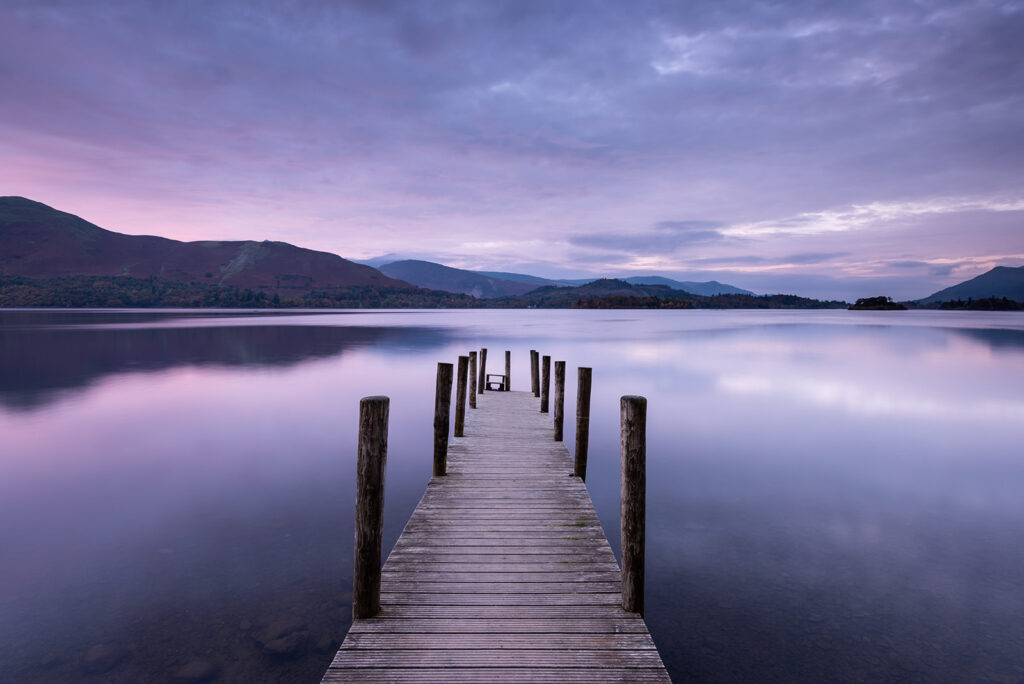
Source: naturettl.com
Conclusion
Landscape photography is a fulfilling and rewarding pastime, one that allows you to explore the world around you in new and exciting ways. With the right skill set, even beginners can capture breathtaking images of light, land, and sky.
Artistic landscapes are both aesthetically pleasing and emotionally powerful; they’re capable of drawing us in with their beauty while also inspiring us with their serenity. So grab your camera and take some time to explore the wonders of nature – you might just find yourself captivated by its majesty!




